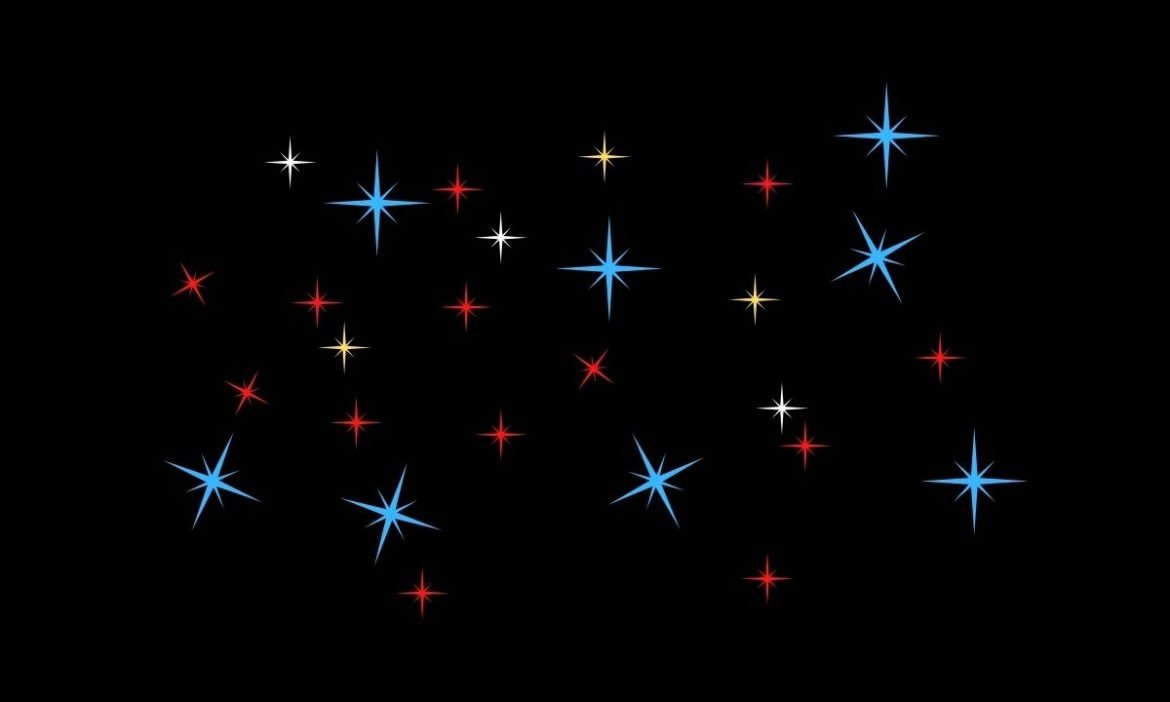Admit that: Stars aren’t always alone. They can have one or two companions, but there are groups more massive than just a few stars. They are star clusters. So, what are their features? How do they form? Let’s find out.
The Formation of Star Clusters
Star clusters are large groups of stars packed together closely. Therefore, it forms in a giant molecular cloud, and the cloud is being compressed into many points that later become stars. Then, they orbit each other due to their mutual attraction. That’s how the clusters form.
In that case, we think that it must form from the inside, right? Not exactly. According to a study by NASA back in 2014, the stars in the outskirts might be older than the stars in the interior. Two examples noted in the study article are the Orion Nebula and NGC 2024. That means that there is something strange going on with the formation of star clusters, possibly disproving the hypothesis above.
There are two types of star clusters, globular clusters, and open clusters. We’ll explain both of them in the next sections.
Globular Clusters
What are globular clusters? They are somewhat spherical objects containing hundreds of thousands, if not millions, of stars. Because of that, the structures can be more than 100 light-years wide. The members of the globular clusters are usually quite old, indicated by the colors of most stars. Most of them are red or orange, meaning that their average age must be older than the blue ones because the blue ones burn their fuel so fast despite its mass. So, globular clusters are not as luminous as open clusters with some hot and massive stars.
The stars in globular clusters are very tightly bound, meaning that globular clusters are far denser than open clusters. When you see a photo of these types of clusters, you will exclaim that the stars are packed together so closely that they “almost touch”! The stars are so crowded that the view from any point of the center of the globular cluster is packed with stars, and is much more brighter than the night sky of Earth.
Globular clusters tend to orbit outside the disk of the galaxy. Furthermore, we have discovered about 150 globular clusters around the Milky Way to date.

Image Credit: NASA
Open Clusters
Open clusters have much fewer stars and are much less dense than globular clusters. They’re loosely bound and only last for millions of years. That’s nothing compared to the billions of years that a globular cluster can live for.
So, why don’t open clusters last long? Well, it has to do with the quick loss of the members. When a member encounters another one, the lighter one gains energy due to the mutual attraction of gravity. This happens because their connections are so loose. When the star gets enough energy, it escapes the cluster altogether. That way, the star cluster gradually loses all of its members.
These clusters are short-lasting, meaning that the clusters have more young and blue stars than old globular clusters, although blue stragglers exist in old structures of stars. It also appears only in galaxies with active star formation, not dead ones that are only losing stars instead of gaining ones.
Some open clusters are ubiquitous and can be seen with the naked eye. For instance, there is a cluster called the Pleiades, and another one called Hyades, right next to each other in Earth’s view.
Conclusion
So, we’ve talked about star clusters in this article, which are large groups of stars. There are open clusters and globular clusters, which are very different types of structures. Also, you can look at the references as a starting point to learn more about those mysterious objects.
References and Credits
- Brooke Boen. (2014, May 7). New Insight Into Star Cluster Formation | NASA. Retrieved March 2, 2021, from https://www.nasa.gov/mission_pages/chandra/news/star-cluster-formation.html
- Andy Briggs. (2020, August 9). What is a globular cluster? | Astronomy Essentials | EarthSky. Retrieved March 2, 2021, from https://earthsky.org/space/definition-what-is-a-globular-cluster
- Elizabeth Howell. (2015, July 22). Globular Clusters: Dense Groups of Stars | Space. Retrieved March 2, 2021, from https://www.space.com/29717-globular-clusters.html
- Kelly Kizer Whitt. (2020, December 6). What are ‘open’ star clusters? | Astronomy Essentials | EarthSky. Retrieved March 2, 2021, from https://earthsky.org/astronomy-essentials/definition-examples-what-are-open-star-clusters
- CrashCourse. (2015, October 9). Star Clusters: Crash Course Astronomy #35 – YouTube. Retrieved March 2, 2021, from https://www.youtube.com/watch?v=an4rgJ3O21A
- (2021, February 7). APOD: 2021 February 7 – Blue Straggler Stars in Globular Cluster M53. Retrieved March 2, 2021, from https://apod.nasa.gov/apod/ap210207.html

